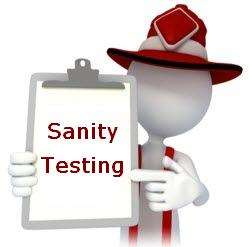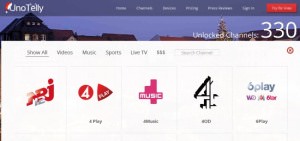Sales and Operations Planning and Sales and Operations Execution
Supply chain management is an essential part of your business’s success. However, supply chains can be unpredictable, and often outside factors can impact your predictions and future estimates. Sales and Operations Planning (S&OP) allows you to predict midterm and long-term needs but may not provide more immediate week to week information, luckily combining it with Sales and Operations Execution (S&OE) can give you a precise knowledge base and allow for planning both in the present and over long-term periods.
How S&OP and S&OE Work Together
Often, S&OP and S&OE are grouped and are considered related to business strategies, but there are differences between the two. S&OP focuses on long-term goals and tracks several data points over a set time, often three to eighteen months, but longer time-frames can be used. By comparison, S&OE is more focused on day-to-day figures and business needs with much shorter time-frames often not exceeding three months.
Some business strategies don’t make it a point to separate S&OP and S&OE into separate systems and group the variables an S&OE plan would track under a broader S&OP system. It is advisable to treat S&OP and S&OE as separate strategies and allow them to work together as this can give you a more complete picture of your business needs.
Why You Need Both S&OP and S&OE
While S&OP and S&OE are both quite useful, you need both systems in place to effectively track your supply chain and associated business activities. Without the two systems working together, several issues could arise. These issues can include the following:
- You can easily lose focus on what you should be tracking and how you should be planning. When reviewing S&OP and holding meetings with various departments, your focus should be on the future several months, if not a year out. Without S&OE in place, you lack a system to track day-to-day issues and problems, which means these can easily become your focus, causing you to lose sight of your long-term goals.
- You can lose track of specific supply chain metrics. When your S&OP becomes focused on addressing short-term issues, you can lose the focus on long-term tracking metrics such as overall supply chain costs, future unit needs, and future production issues.
- You overreact to short-term issues. Without S&OE in place to track short-term concerns, it becomes very easy to overact things and adjust your overall S&OP. As S&OP is designed for more long-term management, adjusting it for short-term issues (such as supply shortages) can cause different problems in the future.
Final Thoughts
Tracking information is one of the key factors in your business’s future success and your supply chain is one of the key aspects of your business’s products and needs to be carefully monitored. You want to ensure that every aspect of your supply chain needs is carefully tracked. In addition, you want to be able to plan not just for the future but also for the week. As several externalities can affect your supply chain, having a robust monitoring system in place gives you the flexibility to respond quickly and effectively.








